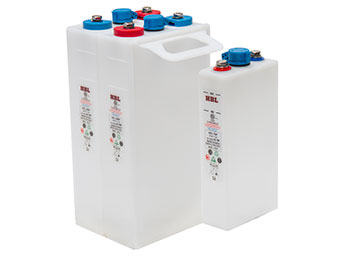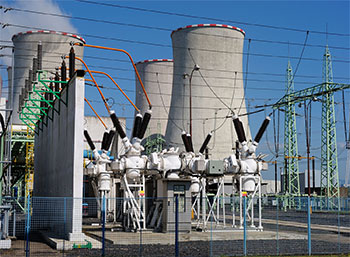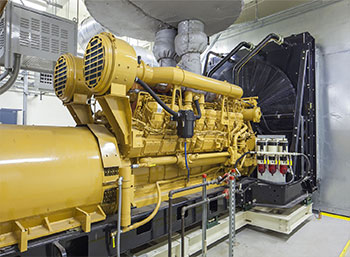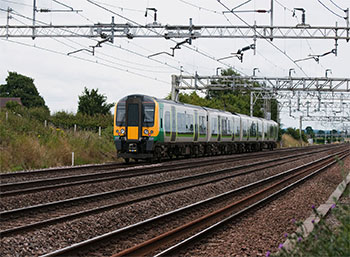
NCFP
Nickel Cadmium Fibre electrode batteries may be seen as 3rd generation (1980’s) technology. Pocket plate is 1st generation (1919's) and Sintered Plate is 2nd generation (1950’s). The Fibre Electrode Technology has been provided by DAUG, Germany (research venture of Mercedes Benz & Volkswagen).
The Nickel Fibre matrix used for the fibre plate allows 90% of the electrode volume for holding the active material. The open three dimensional fibre structure also provides good conductivity to ensure excellent electrical performance.
Nickel Cadmium Fibre plate technology uses active material free from graphite and iron. Elimination of these elements ensures that the electrolyte does not get carbonated and reduces water consumption.
The elastic nature of NCFP electrode enables it to absorb greater shock and vibration stresses. This includes volume changes during charge and discharge cycles, hence the battery can give more number of cycles compared to other battery technologies. The NCFP technology is considerably lighter in weight and hence has high energy density.
Fibre Plate batteries are manufactured in 4 series (X, H, M and L) based on their performance capabilities. The X series have very thin plates for ultra high rate discharge performance. The H series have thin plates for excellent high rate discharge performance. The L series have thick plates to provide long duration, low current discharge performance. The M series have an optimized plate thickness which is ideal for medium discharge performance and durations.
The wide range of Nickel Cadmium Fibre Plate batteries are available in tough, fusion-welded polypropylene cell containers and lids. When placed on multi-step battery racks, the electrolyte level in all the cells can be visually monitored to facilitate maintenance. For special requirements, the containers can be offered in flame-retardant polypropylene, structural foam-moulded polypropylene or stainless steel.
The batteries are supplied with all related hardware and racks are offered as an option.
Superior Features:
1) Excellent cycle life and long float life.
2) Low internal resistance leading to better performance.
3) Higher energy density leading to more compact batteries.
4) Quick-charge capability at high rates of charge.
5) No change of electrolyte needed throughout life due to graphite-free electrodes.
6) Low water consumption due to iron-free electrodes.
7) Unsurpassed resistance to electrical and mechanical abuse.
8) Good charge retention.
9) Wide operating temperature range.
10) No emission of corrosive gases Flame-arresting vent protection.
11) Long shelf life
12) HBL's batteries have been tested in accordance with the IEC/EN 60623 standard.
| Cell Type | Capacity Range (Ah) | Typical Back-up | Typical Applications |
|---|---|---|---|
| Low rate KFL (Single & Block) |
20 to 1500 | Above 3 Hours | Fire alarms, Emergency lightning, Telecom, Railway signaling, Switchgear protection, Photovoltaic, Cathodic protection |
| Medium rate
KFM (Single & Block) |
11 to 1391 | 60 Minutes to 3 Hours | Switchgear protection, Emergency lighting, Motive power, Train lighting, Instrumentation and process control, UPS, Electric vehicles |
| High rate KFH (Single & Block) |
11 to 1026 | Below 60 minutes | Generator starting, UPS, Diesel locomotive cranking, Aircraft / Helicopter ground Starting, Electro magnets. |
| Ultra high rate
KFX (Single & Block) |
11 to 120 | Below 10 Minutes | Diesel locomotive cranking, Genset starting, AGV’s. |
Batteries can be selected from the range shown above for a given application. Contact HBL for your battery sizing requirements
For inquiry please send email to contact@hblbatteries.com.






